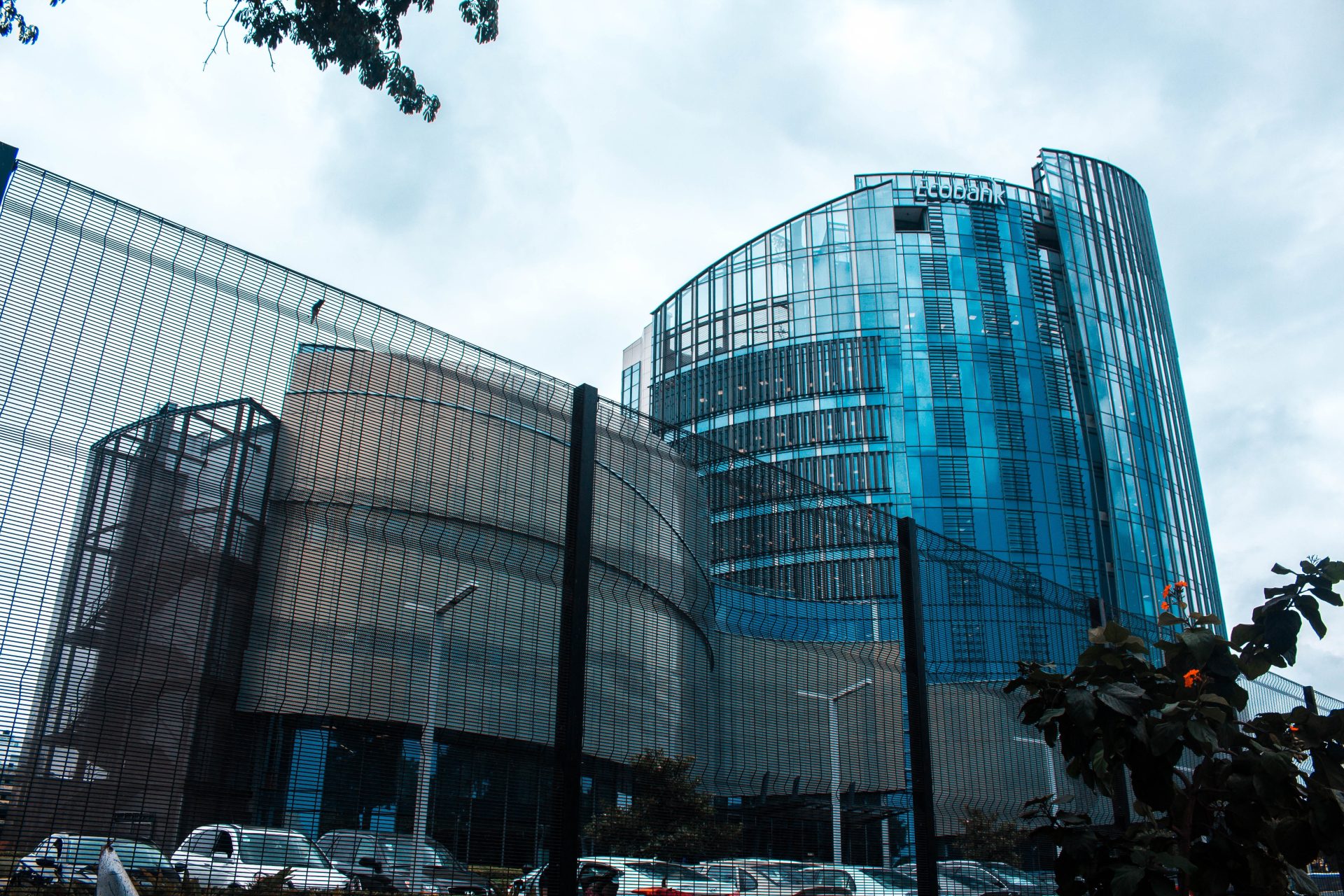First Republic Bank was founded in 1985 and located in San Francisco. It was among the top 14 largest financial institutions in the United States. With assets totaling $229 billion and deposits amounting to $104 billion as of April 13, 2023, it stood out from the usual American banks. First Republic Bank focused on serving affluent customers by offering specialized wealth management and brokerage services.
The FRB always tried to make its customers feel happy when they walked in. Some of the leading branches had green umbrellas and served freshly baked cookies to clients.
The First Signs of Trouble
On May 1, 2023, US regulators seized FRB and swiftly sold all of its deposits and some assets to JPMorgan Chase, the country’s premier bank. The aim was to prevent more problems in the beleaguered banking sector. FRB obtained a $30 billion lifeline from 11 of the country’s largest banks. But despite that, in mid-March, the FRB crashed.
The Regional Banking sector has been facing troubled times since early March. The Signature Bank and the Silicon Valley Bank went under with uncharacteristic speed. The US witnessed unprecedented failure in its banking sector in the last two months. The country has the dubious distinction of being part of three of the four largest banking failures in its history.
What are the Reasons for the Regional Banking Crisis
Following the collapse of Washington Mutual during the global financial crisis in 2008, which was subsequently acquired by JPMorgan, First Republic, SVB, and Signature Bank have now emerged as the second, third, and fourth largest bank failures in the history of the United States. Collectively, they possessed a staggering $532 billion in assets. This surpasses the total of $526 billion held by the 25 banks that experienced failure in 2008.
The ongoing crisis in regional banking can be attributed to factors like:
- Swift escalation of interest rates.
- Consequent extensive decreases in the market worth of treasury bonds and mortgage securities supported by the government.
- High levels of deposits that are not secured.
- Regulatory rollbacks.
- Serious oversight from the US Federal Reserve.
On March 8, Silvergate Capital Corporation, a bank specializing in cryptocurrency, announced that it’s liquidating voluntarily due to losses incurred from the downfall of the crypto exchange FTX. Shortly thereafter, on March 10, regulatory authorities in the United States intervened and closed down the San Francisco Bay Area-based SVB, a prominent lender for technology startups and venture capital firms.
On March 12, New York regulators shut down Signature Bank, which catered to cryptocurrency customers. This was done to stem an escalating banking crisis sparked by the SVB’s failure. Soon after, First Republic Bank became the focus of the turmoil as nervous customers and investors dreaded that it could be the next bank to go under.
All the Failed Banks Had a Few Things in Common
- They experienced speedy growth by relying on short-term funding, which ultimately led to their collapse.
- Their assets consisted mostly of long-term Treasury bonds and mortgage-backed securities, leaving them exposed to significant losses caused by the increase in interest rates during 2022-23.
- There was a significant concentration of uninsured deposits and other short-term liabilities. They could be withdrawn abruptly and without warning.
The incongruity between the durations of their assets and liabilities made these institutions highly susceptible to withdrawals by uninsured depositors. When they started withdrawing their funds on a large scale, the banks collapsed.
Why The Worst Is Not Yet Over
The US financial regulators have repeatedly been reassuring that the resolution of the FRB (Federal Reserve Bank) has helped reinstate the soundness and resilience of the banking system. However, these reassurances have done little to boost investor trust in regional banks. This lack of confidence was obvious when the stock prices of PacWest Bancorp and Western Alliance plunged by 51 percent and 39 percent, respectively, recently.
The Federal Reserve has not yet announced a pause in its rate hikes. This will have an impact on the regional banks as they will continue to experience substantial pressure from both depositors and investors. Also, the equity capital of these banks is insufficient to endure heavy losses on their security holdings. The weakening deposits and the increase in funding costs are already impacting the cost-effectiveness and working models of regional banks.
Another pressing issue of immense concern is the rapid transformation of banking problems into a credit crunch situation. The lending standards have already been tightened by regional banks. Private and other lenders are expected to restrict the availability of credit. There is the fear of a severe credit crunch looming large. If it happens, it can have an immediate and direct impact on small businesses and low-income households, as they rely on these banks for accessing credit.
Conclusion
Regional banks are not small players in the banking system. They may not have powerful brand recognition, but they play a crucial role in providing monetary support to small businesses and the commercial real estate (CRE) sector by offering credit facilities. They are the main source of financing for various businesses. Businesses that are already struggling due to rising interest rates and the after-effects of the pandemic.
The escalation of interest rates and the consequent instability within the banking system will most likely expedite the onset of a recession in the US economy. Even in the most favorable circumstances, where there are no further occurrences of banks shutting down, the far-reaching consequences on the real economy and financial stability will continue for several years.










